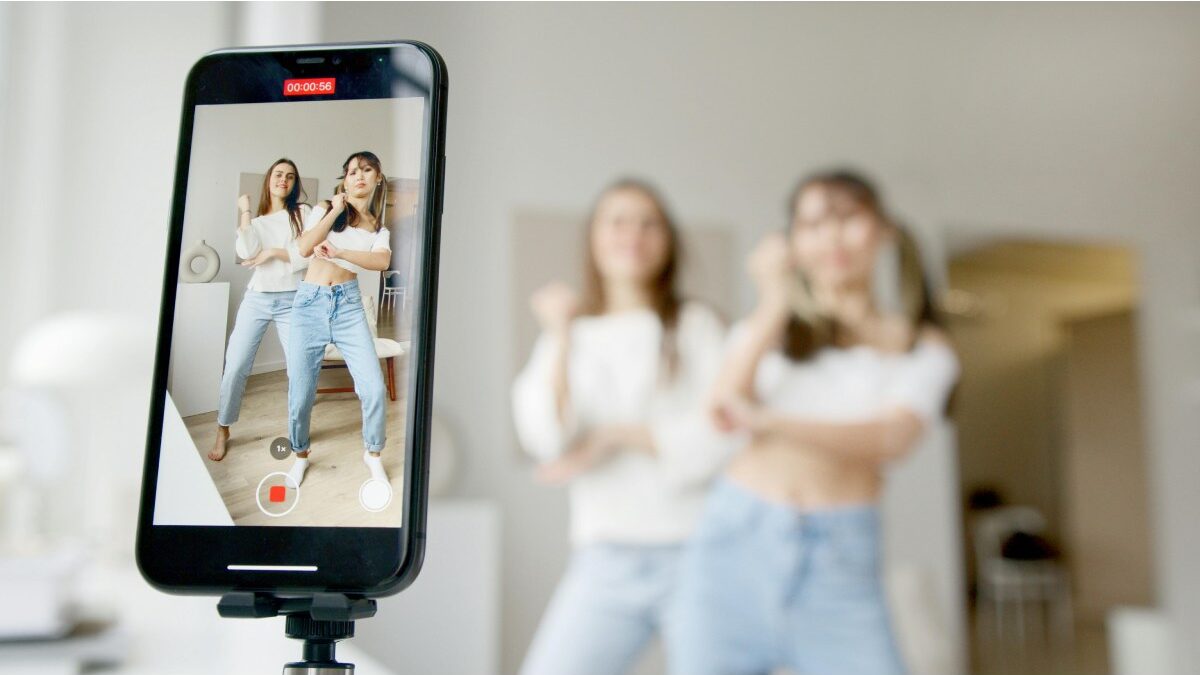How Social Platforms Are Influencing Real-World Aesthetics
Table of Contents
The Role of Social Media in Shaping Appearance Trends
Firstly, social media has become a place where people interact with others and share content, but it’s also where beauty standards are being created and reinforced. Platforms like Instagram, TikTok, and Snapchat are not just for entertainment. They are influencing how people see themselves and what they consider attractive. This change is happening in real life as well, affecting choices related to appearance and even medical procedures.
The Influence of Filters and Edited Images
Filters and editing tools are now common on most social platforms. These features allow users to enhance their images by smoothing skin, enlarging eyes, and sharpening jawlines. Because of this, many people are being exposed to an ideal that is difficult or impossible to achieve naturally. These tools can lead to higher dissatisfaction with real appearances. Some people use edited images as examples when seeking cosmetic treatments. There is growing pressure to look the same in real life as in filtered images. This has caused a shift where edited content is no longer seen as just a fun addition—it’s being used as a standard.
Changes in Cosmetic Treatment Trends
With social media trends spreading quickly, more people are turning to aesthetic clinics. Treatments like lip fillers, Botox, and jawline contouring have become more common. These are mostly non-surgical and are considered minimally invasive. Influencers often share their treatment experiences online. Some of these treatments are now part of regular beauty routines for younger people. The look that people try to achieve often includes symmetrical features and smooth skin. For example, many individuals seek procedures that focus on facial harmony—such as non-surgical rhinoplasty. This option allows people to improve the shape of their nose without undergoing surgery, which appeals to those influenced by polished social media aesthetics. Clinics offering rhinoplasty in Los Angeles provide detailed information and consultations for people looking to make refined, natural-looking changes that still align with current trends.
Social Media and Mental Health Effects
Looking at idealised images online for long periods can affect how people feel about their own appearance. This can result in low confidence or anxiety about how they look in public or in photos. People may start comparing themselves to influencers and also celebrities. Negative body image can develop over time with constant comparison. Some users even become dissatisfied with how they look in unfiltered images. This connection between screen time and also appearance issues has been noticed by mental health professionals. It’s one reason why some clinics now take mental wellbeing into account during consultations.
Influence of Online Marketing in the Aesthetic Industry
Many aesthetic clinics now use social media as a marketing tool. Some of this content is informative and helpful, but there are concerns about transparency and regulation. Some promotions make procedures seem easier or safer than they actually are. Not all practitioners advertising treatments online are qualified. There is an increase in people getting treatments done by non-medical professionals. While some clinics try to educate the public, others focus mainly on attracting customers through influencer collaborations or special offers.
Positive Aspects of the Digital Influence
Despite the challenges, there are a few benefits to the rise of beauty content online. People now have access to more information about cosmetic procedures, and they can read reviews or see real experiences before making decisions. Medical professionals sometimes share detailed posts or videos explaining treatments. Awareness about aftercare and safety has improved due to online education. Some users find confidence and community through beauty-focused content. There is also a movement toward more subtle enhancements and natural looks, promoted by both influencers and clinics.
New Beauty Movements and Trends
Not all trends focus on heavy filtering or drastic changes. Some users are promoting more realistic portrayals of beauty. These include showing unfiltered photos and embracing age or natural features. Hashtags like #NoFilter and #RealSkin are being used more frequently. Some influencers openly share images with texture, wrinkles, and flaws. Clinics are seeing more demand for results that are not obvious or dramatic. These changes show that users are not only following trends but sometimes pushing back against them.
Future Outlook on Social Media and Beauty
Lastly, the connection between technology and aesthetics is likely to keep evolving. Tools like augmented reality allow people to see how they might look after certain treatments, and new filters continue to be developed. At the same time, there are increasing calls for stronger regulation of aesthetic advertising online. Augmented reality is being used for pre-treatment consultations. Movements like pro-ageing are gaining more support. There may be stricter guidelines for medical advertising on social platforms. The way forward may involve more balance—where digital tools and beauty treatments are used in ways that support confidence without relying on unrealistic standards.
How Social Platforms Are Influencing Real-World Aesthetics

